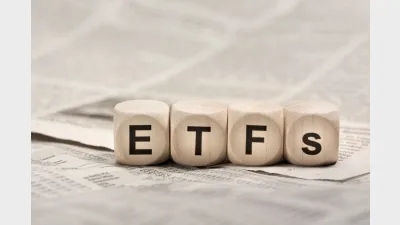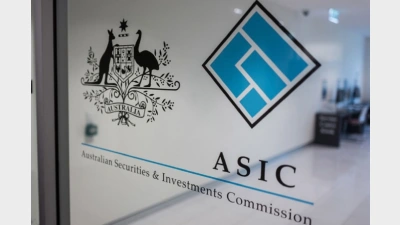Large instos view Asia as long-term play



Many of Australia's larger institutions are open to thinking laterally when it comes to finding opportunities for return and diversification — and are willing to learn more about emerging opportunities in Asia, according to HSBC Global Asset Management, Asia Pacific chief executive Joanna Munro.
While there's been an appreciation from most institutions that they may need to look offshore for diversity and higher yield, Munro said many are still determining the right way to go about investing in Asia.
For instance, it's still difficult to determine whether China should be viewed as a listed market or as the onshore Asia market, she said.
"In the offshore RMB market we're seeing issuance is very strong, but one of the things that excites us most is the onshore RMB money market," she said.
"What we expect to happen is that as the RMB becomes much more a currency of choice, investors [will] look at the onshore RMB market as an interesting asset class in itself."
Australia's larger institutional players are leading the way when it comes to moving from tactical Asian market investing towards viewing the space as a more strategic long-term play, HSBC head of global investments Geoff Pidgeon said.
Recommended for you
The firm has appointed Aware Super’s Damian Graham as group chief investment officer to unify its life and funds management teams.
Ethical super fund Australian Ethical has announced the appointment of Anthony Lane as chief operating officer.
The structural shift towards active ETFs will reshape the asset management industry, according to McKinsey, and financial advisers will be a key group for managers to focus their distribution.
ASIC has warned that practices across the $200 billion private credit market are inconsistent and, in some cases, require serious improvement.










